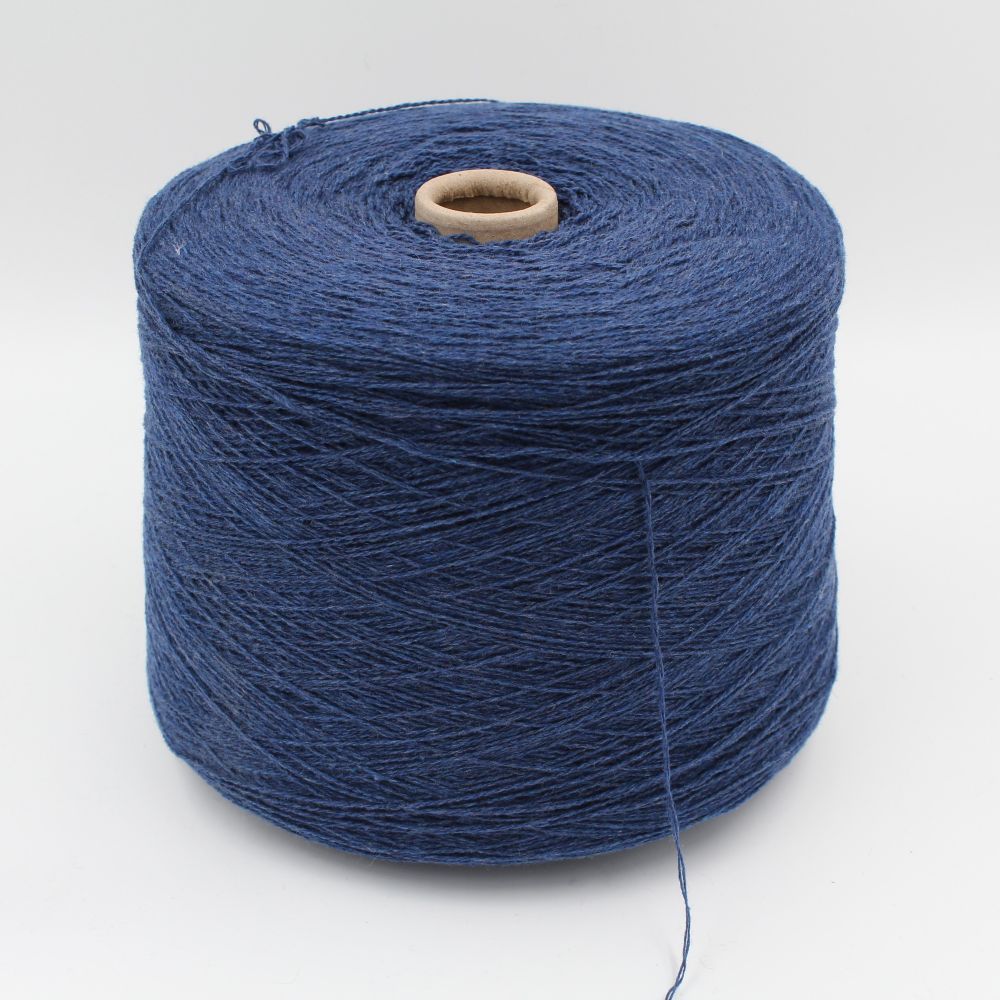- ×
 Yarn 2/28 100% Cashmere color purple cones 720 gr 1 × € 105,41
Yarn 2/28 100% Cashmere color purple cones 720 gr 1 × € 105,41 - ×
 CONCORD yarn cashmere 100% 2/26 color anthracite cones 680 gr 1 × € 99,55
CONCORD yarn cashmere 100% 2/26 color anthracite cones 680 gr 1 × € 99,55
Subtotal: € 204,96 (incl. VAT)

 At Hircus Filati, our search for high-quality materials always goes hand in hand with our commitment to sustainability. That’s why recycled yarns have become an invaluable resource in recent years, blending respect for the environment with creative craftsmanship.
At Hircus Filati, our search for high-quality materials always goes hand in hand with our commitment to sustainability. That’s why recycled yarns have become an invaluable resource in recent years, blending respect for the environment with creative craftsmanship.
However, anyone who works with these materials knows they are not exactly the same as yarns made from virgin fibers. They come with their own technical personality, with specific characteristics that are essential to understand in order to make the most of them — especially when processing them on machines.
Recycled yarns are made from recovered industrial textile waste or discarded garments. Through mechanical or chemical recycling processes, these materials are regenerated and turned into new fibers, ready to be spun into fresh yarns.
Mechanical recycling is the most common method. In this process, textiles are shredded into fibers, but this process shortens the fibers, which directly affects the quality and workability of the final yarn.
Compared to yarns made from virgin fibers (which are longer and stronger), recycled yarns are made of shorter fibers. As a result, they tend to be:
To successfully work with recycled yarns and ensure a smooth production process, there are a few key adjustments to keep in mind:
The yarn tension applied by the machine should be lower than the tension used for virgin yarns. Excessive tension can easily cause the yarn to snap.
Recycled yarns may have natural irregularities caused by the regeneration process. It’s important to frequently inspect the yarn during processing to catch any weak spots before they cause breakages.
In some cases, slowing down the machine slightly helps improve yarn performance by reducing mechanical stress.
When possible, choose softer, more open-knit or woven structures that require less yarn tension.
Working with recycled yarns requires knowledge and care. Training technical staff or artisans on the specific properties of recycled yarns is a valuable investment that helps minimize waste and machine stoppages while ensuring high-quality final products.
Choosing recycled yarns means embracing a philosophy of conscious sustainability, where every step — from raw material selection to how it’s processed — contributes to building a more ethical future for the textile industry.
At Hircus Filati, we believe that beauty, quality, and respect for the environment can coexist. With the right technical knowledge and a passion for craftsmanship, recycled yarns can become the stars of unique and lasting creations.